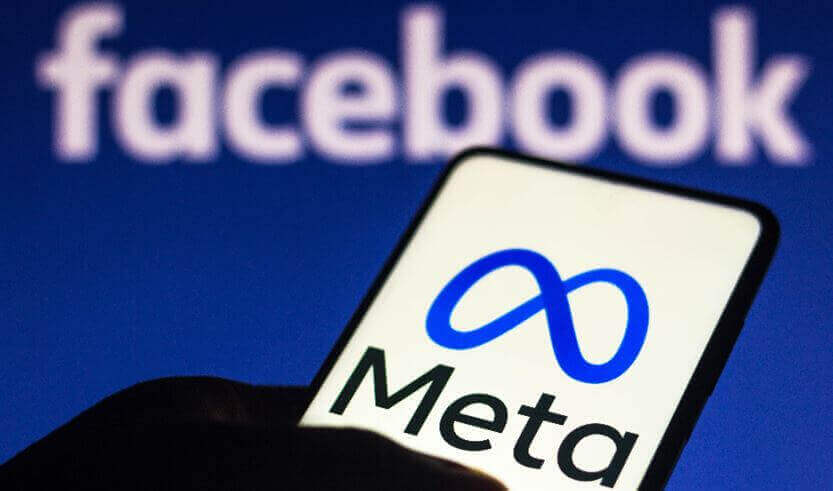What is Proximity Marketing and How does it Work?
Source
www.nascode.com
31 October 2022
What is Proximity Marketing and How does it Work?
Proximity marketing is about reaching out to customers at the correct time and location with highly relevant and customized information. It produces excellent outcomes for businesses when combined with the appropriate advertising techniques and tools. Over the last year, we've seen several organizations, ranging from casinos to theme parks, use proximity marketing solutions to improve their customer experience. Marketers in a variety of industries are starting to recognize that proximity marketing has far more potential than simply providing vouchers and discounts. These technologies are most effective when utilized by brands to better understand their consumer base's requirements and desires, as well as noticeable patterns in purchasing behavior.
As we move forward to 2015, we will see an increasing number of firms reorganize their marketing strategy around this new technology. More importantly, as more and more proximity marketing efforts highlight what's on offer, customers' attitudes will shift dramatically as it reinforces the trust factor by emphasizing that the consumer genuinely benefits from the technology.
In this piece, we will go over the fundamentals of proximity marketing, how it works, and what the future holds.
Definition of proximity marketing
Proximity marketing, sometimes known as 'hyperlocal marketing,' is targeting potential customers with personalized advertisements based on how close a consumer (or device) is to a certain area and tempting them to make a purchase choice shortly.
What is the process of mobile proximity marketing?
Bluetooth proximity marketing entails positioning a Bluetooth-enabled mobile device within the beacon's range and transmitting information in the form of text, photos, or video via the corresponding mobile app. This marketing method necessitates several prerequisites.
They are as follows:
1. The consumer should be using a Bluetooth-enabled mobile device where proximity marketing technology is being used dice.
2. To broadcast and receive marketing messages or other information, a beacon must be deployed in the area where the customer is currently located.
3. The targeted consumer should have downloaded and installed the required mobile application on a phone that can receive push notifications. This might be your brand app or a larger building app (such as a mall map or a single brand within the mall’s app).
There are several aspects to consider when deploying beacons for proximity marketing, ranging from available power arrangements to selecting the correct type of beacon. Once the brand places a beacon in the desired location for promotion, communication takes three simple steps:
1. Device detection: a beacon scans for Bluetooth-enabled mobile devices in its vicinity while broadcasting its ID number (which is unique to that location's beacon) at regular intervals. The proximity-aware mobile app will also store the ID numbers of all activated beacons and connect them with their position. When the device compares a beacon's ID to the ID stored on the proximity-aware mobile app, it notifies the app that the beacon is closed.
2. Permission request: For each Bluetooth-enabled mobile device discovered within the beacon's proximity range, it will send requests to consumers seeking permission to communicate with their mobile devices.
3. Upload Content: Once the consumer authorizes permission, the app will notify the consumer with an alert on the lock screen, showing the proper message, depending on how the app has been configured. Tapping on the message launches the app, providing personalized marketing messages in the form of text, photos, audio, and video regarding products found in the sport chosen for a promotion or a comparable product found one aisle away.
What are the many kinds of proximity marketing?
A variety of technologies are being used to create proximity marketing initiatives. Each technology has its own set of benefits and drawbacks. Before delving deeper into which technology is suitable for your company, consider the most common proximity marketing technologies:
1. QR codes are barcodes.
2. WiFi
3. NFC
4. Geofencing
5. RFID
6. BLE beacons
Here's a full comparison of proximity marketing solutions to see which one is ideal for your company.
An examination of the future of proximity marketing!
As proximity marketing takes traction and advances past the trial stage, we will see businesses leverage beacons, NFC, and QR codes to capture a vast collection of consumer data, allowing brands to communicate better with their customers and improve customer experience.
Related Articles

18 November 2022
New tools have just been released by Meta to assist creators in expanding their communities, finding new audiences, and making money from their content.

10 September 2024
Lebanese designers Elie Saab and Rami Kadi are embracing the metaverse, redefining fashion shows through immersive digital experiences. By blending haute couture with Web3.0 technology, they create interactive, globally accessible events that push the boundaries of fashion and innovation.